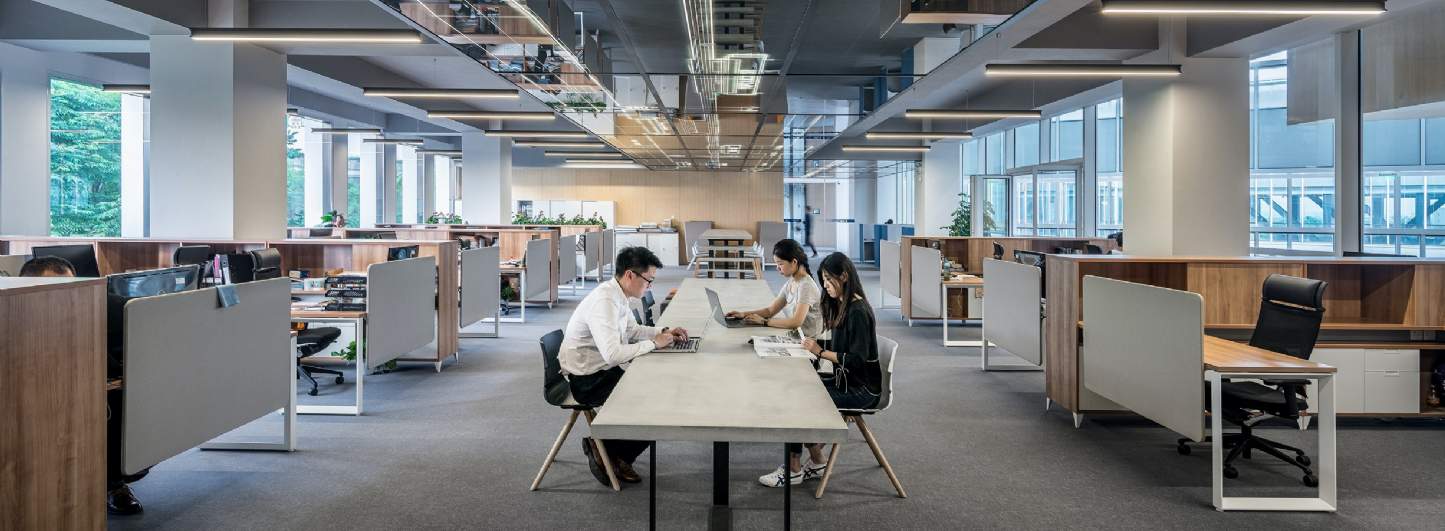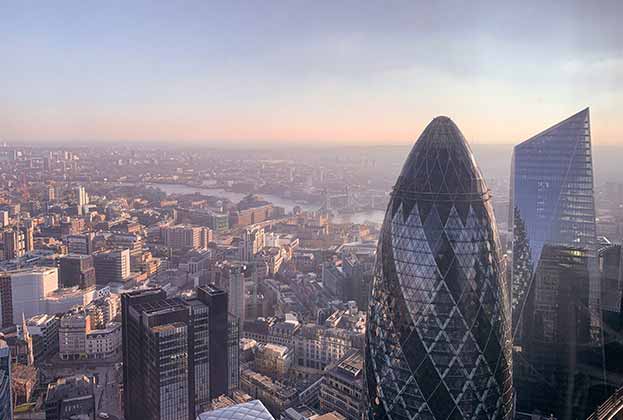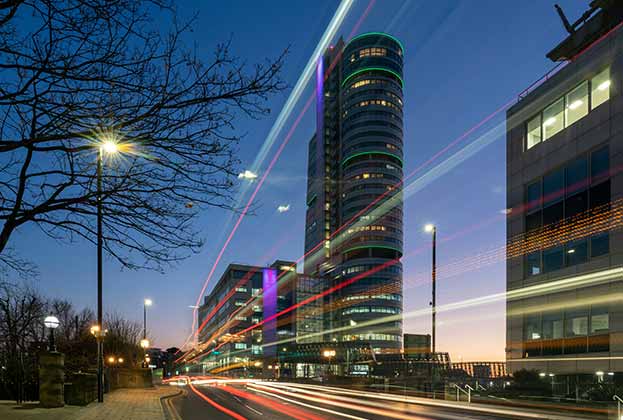The last few years has been challenging for the office sector, as the design of workspace has evolved in order to accommodate post-pandemic changes. The speed of this transformation has been rapid and in order to keep up, Artificial Intelligence (AI) has been implemented in a number of ways, from gathering data to generating ideas.
Technology has essentially been able to improve efficiencies, and means the most desirable outcome can be reached faster with far more certainty that all possible scenarios have been tested. What’s more, the use of connected workflows in the cloud is a powerful tool, expediting the speed of the exchange of knowledge. This has been a gamechanger on projects of scale, allowing the delivery of large amounts of information in a much shorter space of time.
How does it work?
When it comes to office design, the main use for AI is quick concept generation. It can also improve the quality of design by providing data-driven insights and recommendations that can help make informed decisions. Where previously, employee surveys would only consist of multiple choice questions to avoid the logistical challenge of analysing hundreds and thousands of free text responses, AI can now spot common trends in moments.
There’s also the potential to streamline the idea generation process and increase productivity. People quite often face constraints and are limited in terms of what they can achieve in a short space of time, meaning ideas can be rough around the edges or focus in on just one aspect of design. Now it’s possible to generate multiple polished images across numerous concepts. AI, therefore, is more about efficiency and volume, providing a guiding light to clients in the early stages of a project.
One example of AI in practice was the design of American multinational software company, AutoDesk’s, Toronto office. The company surveyed 250 employees on various aspects of their work environment, such as lighting, privacy, collaboration and proximity. It used AI to generate 10,000 possible layouts based on these criteria, then selected the best options that met their goals and vision. The result is a modern and flexible workspace that reflects the preference of its employees and the first large-scale example of a generatively designed office.
Does this mean humans will be out of a job?
Although AI is proving incredibly helpful, it is still a complementary tool rather than a substitute for the human touch. AI can only do so much, meaning the information that has been generated still needs to be analysed by someone that understands the drivers, aspirations and ethos of the client. Ultimately, human designers have the skills and intuition that AI lacks, which includes everything from empathy and aesthetics to storytelling.
What next for AI?
The incorporation of AI systems into smart buildings will help better spot user trends and identify underutilised, inefficient and challenging spaces, and monitor things like temperature regulation, meeting room occupancy and lighting.
It will also play a crucial role in streamlining the design process. The seamless integrations between different tools so that they can intelligently communicate and update automatically will no doubt make a huge difference to project timescales.
While AI is no match for real life interaction, office design is only set to benefit from this new technology in the long term.
Further information
Contact Blair Boyle or Jade Alvarez

-impact-the-office-sector(1).jpg)

.jpg)






